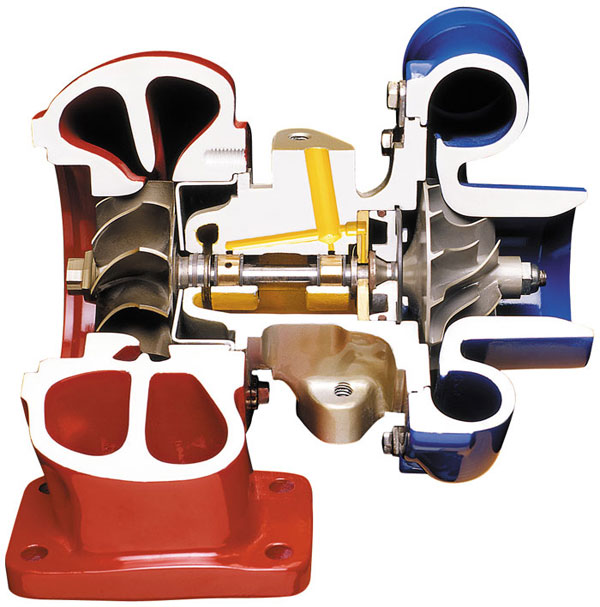Turbocharger Dictionary & Glossary of Terms

There is quite a lot of specialist terminology associated with turbochargers, their components, installation and maintenance.
Below is a turbocharger dictionary and glossary of terms to help you decipher some of the language used in turbocharging.
Common Turbocharger Terms
- Actuator: Small bulb containing a diaphragm and spring, to move the actuator arm thereby controlling boost pressure.
- A/R (Air Ratio): A measure used to workout the air ratio of a compressor and / or turbine housing.
- Ball Bearing: bearing system in a turbocharger, referring to a ball bearing “pack” or “race” in the turbo cartridge.
- Blow Off Valve (BOV): fitted valve on piping between turbo and throttle-body, that acts to vent excess air on throttle close. Prevents air recycling through the turbo, causing a flutter.
- Boost Controller / By-pass Valve: Used to bypass the internal / external wastegate to allow higher, user defined boost pressures.
- Boost Spike: A spike in boost pressures that exceed spring pressure in the wastegate. Often caused by back-pressure in the exhaust or poorly functioning wastegate or actuator.
- Boost: The positive pressure the turbo is creating, and forcing into the engine.
- Compressor Housing: Top-side aluminium housing of turbocharger, that houses the impellor or compressor wheel.
- Compressor Inlet: Area of compressor housing, that the air inlet attaches to via air inlet pipe and air filter.
- Compressor Outlet: Pipe-shaped part of ‘snail’ of compressor housing, where compressed air exits the turbocharger to engine (often via an intercooler).
- Compressor Wheel: Wheel housed in the top-side of the turbocharger, that compresses and forces air into the engine.
- Dump: Comes off the bottom or back-side of turbocharger, allowing excess vapor to be released via the exhaust system.
- High Flow: Changes to a turbo where a larger impellor and / or turbine wheel is matched to a housing or housing is machined to suit. This helps to increase air flow, whilst keeping the same housings and mounting bolt and stud patterns.
- Journal Bearing: A standard bearing system often referred to as ‘wet float’, where the bearing is a sleeve that the shaft rotates within, on a thin coat of oil.
- Overboost: A situation where the turbo creates more boost pressure than boost controller or the wastegate is set at.
- Shaft Nut: A nut holding the impellor wheel onto the shaft.
- Trim: The relationship (ratio of area), between the exducer / inducer for both the turbine and impellor wheels.
- Turbine Housing: Usually a cast iron housing on the rear-side of the turbo, in which the turbine wheel is situated.
- Turbine Inlet: Area of turbine housing, where turbocharger mounts to manifold and takes exhaust from engine and forces it into the turbine.
- Turbine Outlet: Area where the dump is situated and connected to the exhaust system.
- Turbine Wheel: Attaches to a shaft that when spun by exiting exhaust gasses, spins the shaft that rotates the compressor wheel at the other end of the turbo. This allows the impellor to compress the air and force it into the engine.
- Lag: is the time taken by the turbo to produce maximum boost pressures.
- V-Band: Rings that are held together with a Clamp. Often seen on the turbine dump where it attaches to the exhaust system.
- Wastegate: Operates under positive boost pressure, moving a diaphragm inside the wastegate, moving an actuator arm to allow excess exhaust gas to be released, at the correct boost pressure.
- Wastegate Flap: A disc-shaped flap mounted via a hinge inside the turbine housing and attached to the wastegate. Hinges open at different angles based on the boost pressure. This allows excessive exhaust gas to escape via the dump once the correct boost is reached.
If you need more help on turbocharger dictionary and glossary of terms, call us NOW on 0490 059 316 for advice and sales of our affordable, quality aftermarket turbochargers.
